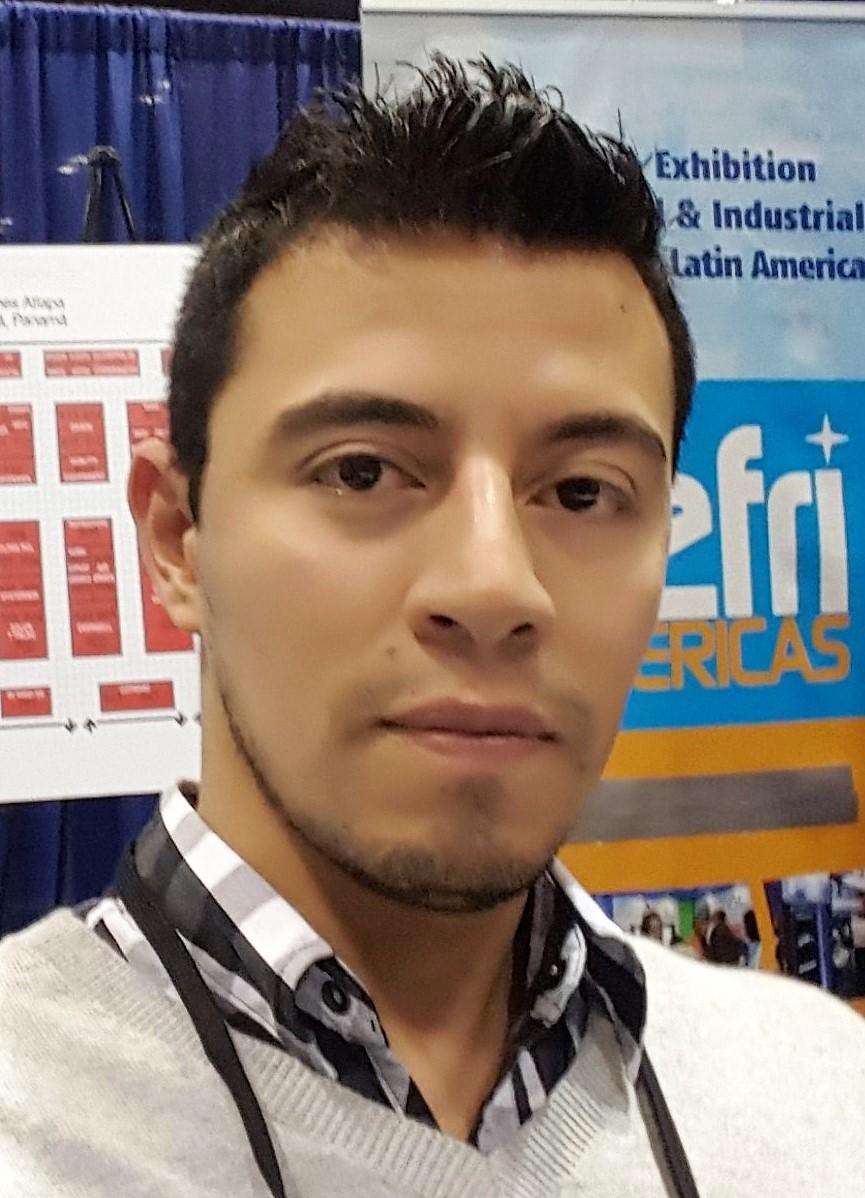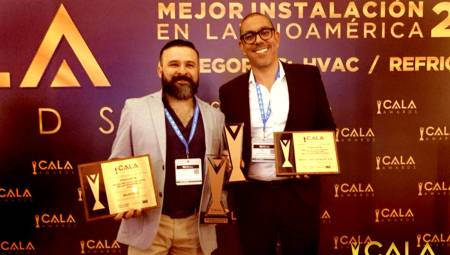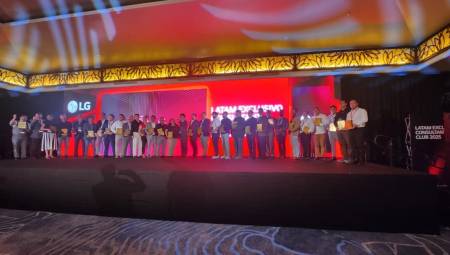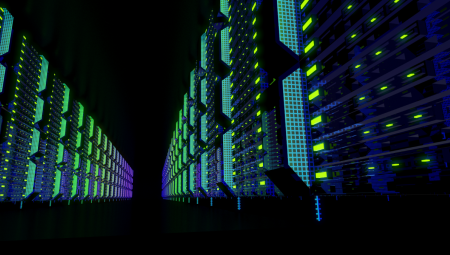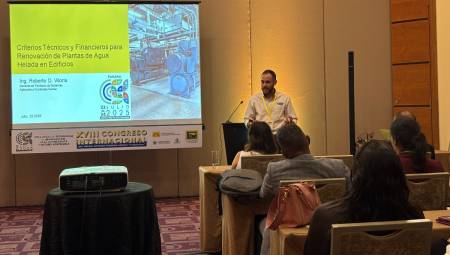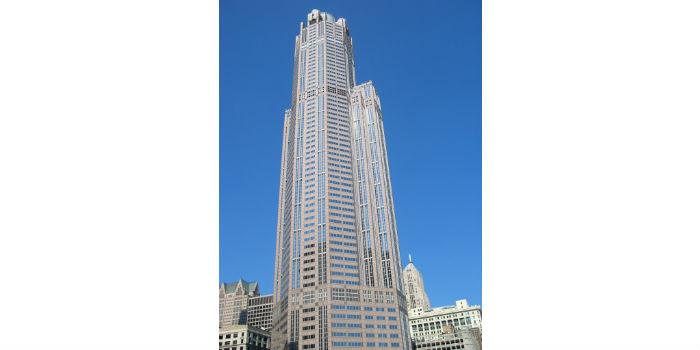 United States. A commercial real estate firm called Zeller Realty Group developed a high-tech solution in which it helped low-tech systems work more efficiently.
United States. A commercial real estate firm called Zeller Realty Group developed a high-tech solution in which it helped low-tech systems work more efficiently.
Like many buildings built before the late 1990s, the heating and air conditioning systems of the Chicago-based building called 311 S. Wacker were controlled by pre-digital, mechanically operated pneumatic thermostats that did not collect data and could not be centrally controlled.
Zeller embarked on what he called the "smartest energy efficiency renovation in Chicago." It largely kept the analog HVAC system, but switched into wireless pneumatic thermostats that effectively added to a layer of "smart" connectivity above what would be a "Mute" system.
This allowed Zeller to adopt an advanced building operations monitoring and control system that can make more specific, real-time adjustments to energy consumption. The company also replaced inefficient common area lighting with fluorescent lamps and more efficient LED lights.
The entire project cost Zeller less than $900,000 — well below the millions it could cost to make a full adaptation — and took about six weeks to complete. Local company ComEd launched about $400,000 as part of its Smart Ideas energy efficiency program, cutting the cost of the project nearly in half.
In 2015, commercial and residential buildings accounted for 40% of total energy consumption in the United States, according to the U.S. Energy Information Administration. In Chicago, city lawmakers passed a 2013 ordinance inviting commercial, institutional and residential buildings over 50,000 square feet to track and report energy consumption throughout the building, hoping to challenge building owners to reduce their energy and emissions.


